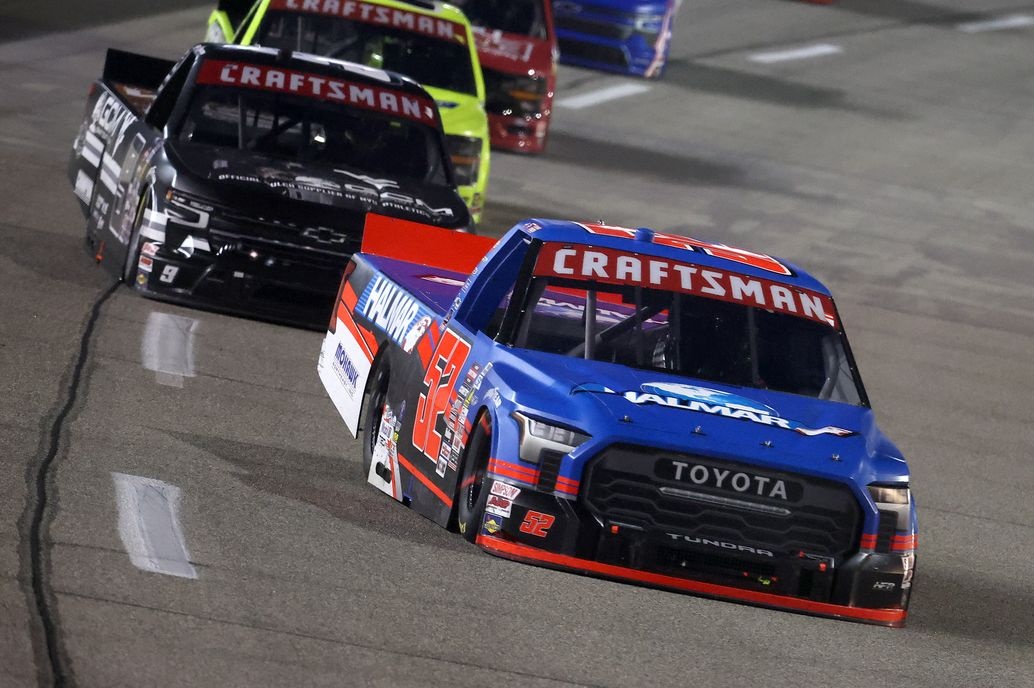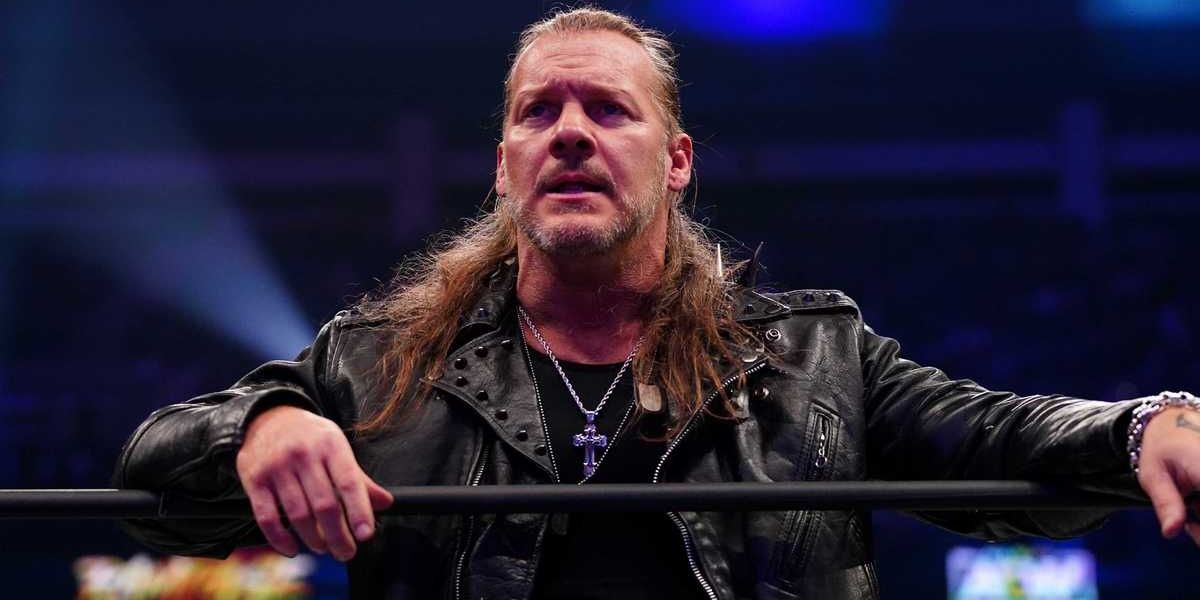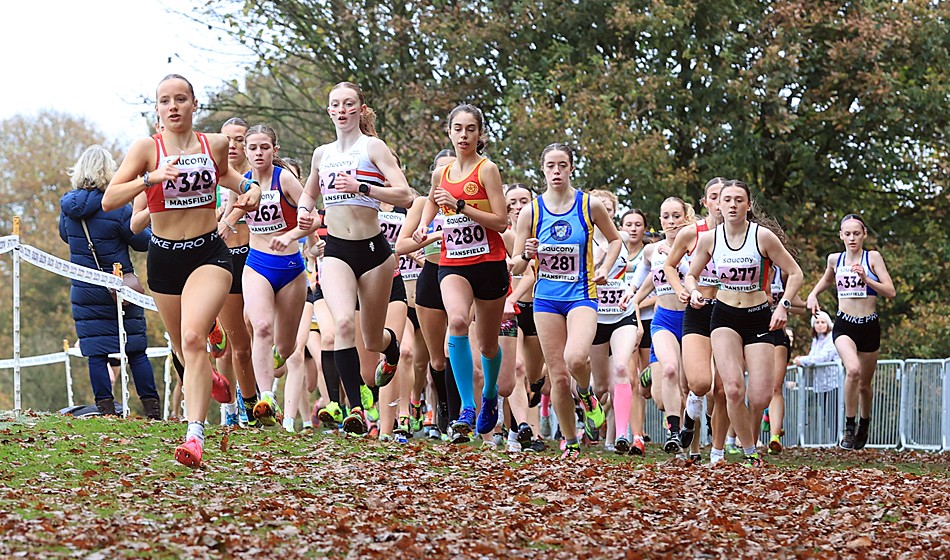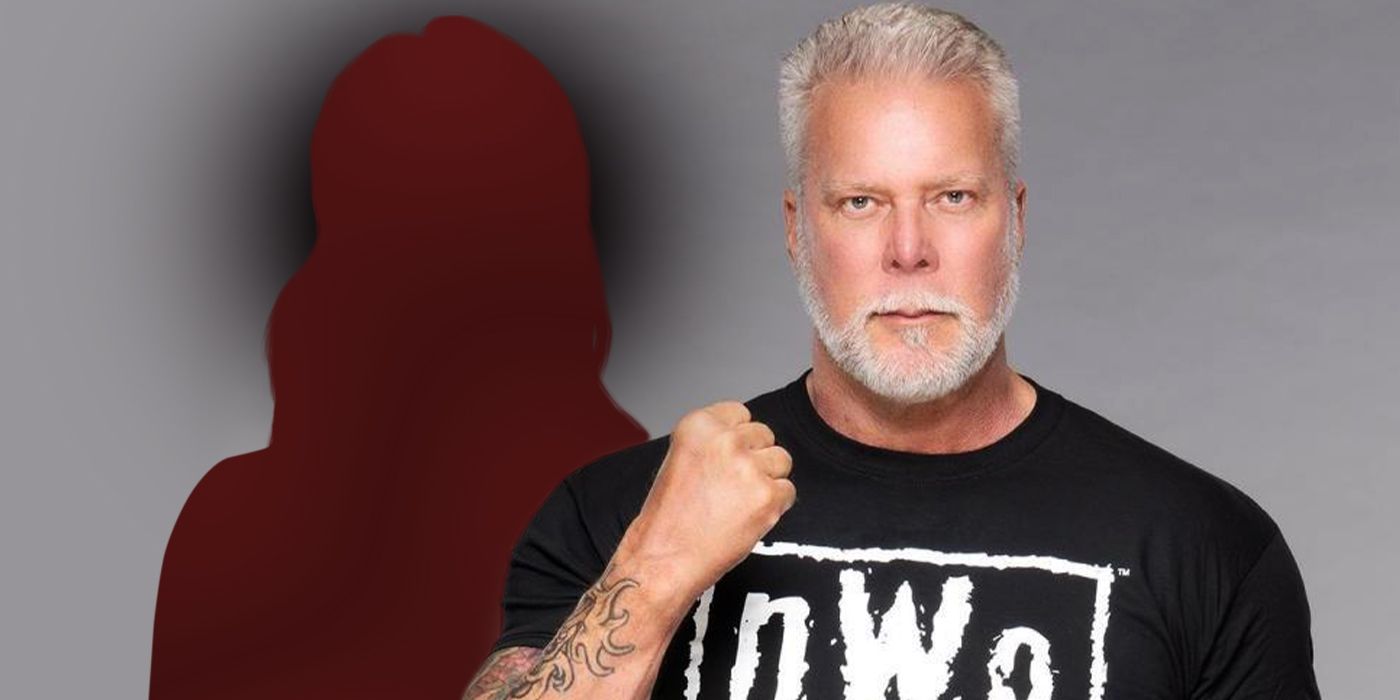By Richard Pagliaro | Friday, August 222, 2025
Photo credit: Al Bello/Getty
The service box once shrunk to the size of a mail box for Aryna Sabalenka.
She just couldn’t make the delivery fit.

World No. 1 Sabalenka solved her service woes a few years back working with biomechanical coach Gavin MacMillan.
On Wednesday, Coco Gauff, who leads the WTA Tour in double faults, began working with MacMillan in an effort to repair her wayward serve. Gauff hit 43 double faults in three matches in Montreal, including a career-high 23 double faults in a three-set win over Danielle Collins.
Reigning US Open champion Sabalenka met the media in Flushing Meadows today and endorsed MacMillan’s coaching and his skill rebuilding her serve. Sabalenka said it’s important to note every player responds differently.
“I’m really grateful for his help during really tough times. For me, he really helped me with the serve,” Sabalenka said of MacMillan. “I really appreciate him for everything.
“You know, everyone is different. I was really desperate for changes, and I was ready to change whatever, to change my serve and to get better and to finally, you know, get back on track with my serve.”
In her US Open practice sessions this week, MacMillan has been working on Gauff’s swing plane on both her serve and forehand, which she hits with an extreme western grip and sometimes spins it short in the court.
The two-time Australian Open champion Sabalenka said the repair process took “a couple of weeks” with MacMillan.
“So for me, it was basically, like, couple of weeks, and I was sort of fixed,” Sabalenka said. “But everyone is different, and I wish them both the very best and hopefully everything can work out well for them.”
The US Open top seed said there are two key factors to fixing the serve:
1. Trusting the work on the practice court and transferring it to match play and
2. Putting in the repetitions so the streamlined served motion becomes muscle memory.
Working with MacMillan, Sabalenka said, she felt almost immediate improvement on her serve.
“For me wasn’t really hard, because I tried literally everything, and nothing would help me to fix my serve,” Sabalenka said. “It was the last step before I would say, Okay, bye-bye, tennis. I was so desperate, so I wasn’t really doubting my decision.
“The moment we start working, I felt like, Okay, there is something. I definitely have a better feeling on my serve. And I just trusted the process, trusted myself. Like the first tournament I played, I already felt the difference and I felt, Okay, I’m getting there. So for me was just it was about repetitions, a little bit of a time, and, like, full commitment to whatever he was saying.”







